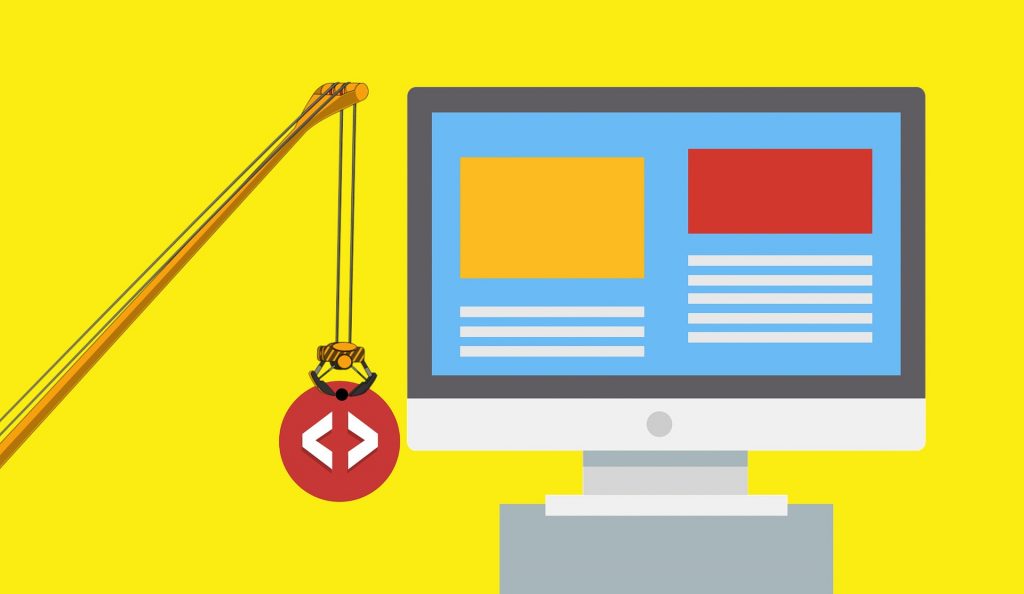Find a solution that enhances your efficiency.
The growth of content marketing has come with a vast number of solutions for content creation. In this article, we aim to address some of the challenges you might face when choosing the right content marketing software for your business — one that makes it easier to get your message out effectively while maximizing your ROI.1. Decide whether you need content marketing automation
Content marketing automation is the process of identifying repetitive marketing tasks and outsourcing them to trusted partners or automating them through a content platform. Some tasks to automate are:- Share content across social media.
- Create analytics metrics.
- Email newsletters.
- Stage processes, monitor their status, and update them.
2. Define the content marketing platform requirements
To choose the best content marketing software for your business, you need a strategy map with defined processes. In addition, the map should define content actions clearly. For example, does the software have a complete tool set to manage content? Can the platform manage, distribute, and regulate access to the content? Does the platform manage all digital file types and include documents, images, photos, videos, and other multimedia?3. Make sure the content platform includes content marketing services
Make sure managed content marketing services are an option when you decide on a solution. For example, some content platforms provide managed services to drive revenue for businesses. These services use their technology to achieve higher performance and boost your ROI. As an example of a feature-rich solution, a top-tier content marketing service offers guides for content creation. For example, does the platform have reference materials like optimized content for Google searches? Or does it offer a large library of e-guides and case studies?4. Evaluate the content marketing software for DAM features
Make sure Digital Asset Management (DAM) is a part of the content marketing platform. The platform needs to manage digital assets such as:- Strategy and planning calendars.
- Content workflow processes.
- Shared content.
- Content publishing service.
- Social media and performance metrics.












